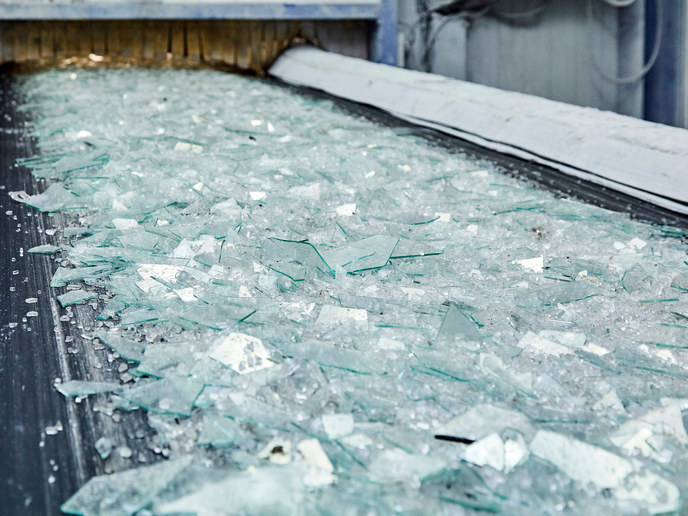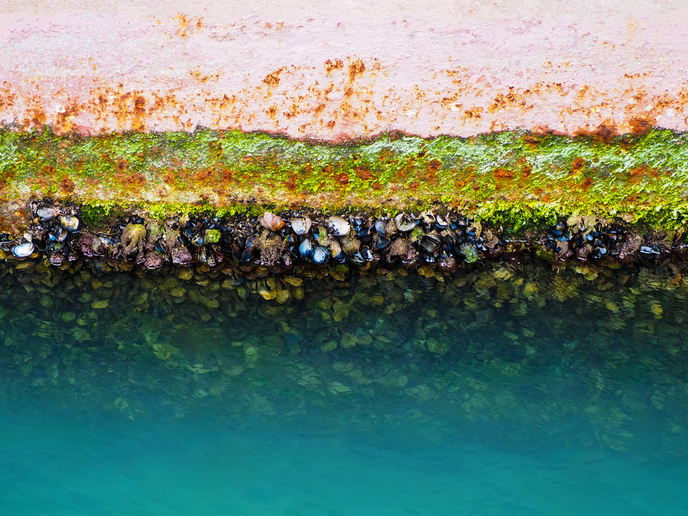Photovoltaics: paving the path to a sustainable future
One of the most pressing global priorities today is reducing carbon emissions to keep global warming below 2 °C, as outlined by the Paris Agreement. Solar energy is leading the charge as it offers an accessible and affordable solution to decrease reliance on fossil fuels and move towards carbon neutrality. The photovoltaic (PV) industry plays a crucial role in this effort. It must set a high standard by being resilient and sustainable and should demonstrate the effectiveness and feasibility of collaborative approaches and innovative business strategies. However, the increase in waste electrical and electronic equipment such as PV devices, presents a challenge. These devices are complexly layered, making it difficult to extract valuable raw materials like silicon, silver or indium, gallium embedded within them. The EU-funded PHOTORAMA project seeks to create a sustainable and profitable circular value chain. By developing innovative recycling solutions, PHOTORAMA intends to recover and reuse all material components from end-of-life PV panels, thereby promoting a carbon-neutral PV industry.
End-of-life panels: the weak link in the PV value chain
“PHOTORAMA is tackling the global challenge of recycling solar panels by focusing on technological innovation where it is most needed – end-of-life management. Recycling these panels is tough and current methods often waste valuable materials –recycling requires carefully separating materials to maintain their purity,” notes project coordinator Claire Agraffeil. PHOTORAMA shows that smart innovation can lead to high-value recycling. The project involves a step-by-step process: first, disassembling external components (aluminium frame, junction box), then separating layers from the sandwich structure (frontsheet, cells, backsheet) and finally recovering critical raw materials (silicon, copper, aluminium, silver from crystalline-silicon panels and indium, gallium from CI(G)S panels). Most of the recycling practices are based on shredding or crushing processes that are identified as down-cycling approaches. The external components can be easily isolated for recycling, while the glass fraction is usually targeted for low-value applications. The polymers from the sealing layers and the backsheet are at best recovered as energy fuel, but most is landfilled, and the metals are usually not recovered. This leads to irreversible loss of valuable materials embedded in PV panels. PHOTORAMA addressed the main challenges of separating the sandwich layers without mixing materials and recovering critical raw materials. Project partners are working together to scale up the technologies. From the early stage of innovation at technology readiness level (TRL) 4–5, the maturity of technologies will reach TRL 6–7 by the end of the project. “Recycling PV devices is a complex task owing to the existence of over 150 000 models that may be different by the design specifications. This diversity makes a universal disassembly method challenging, requiring not just technological advancements but also the creation of a flexible system capable of managing all types of PV waste,” outlines Agraffeil. “High-throughput and volume treatment are crucial in recycling, setting our work apart by efficiently addressing these challenges.”
Photovoltaics in the circular economy
“PHOTORAMA is a precursor in the PV field, aiming to transform the industry by reimagining the entire value chain with a circular model. The project emphasises the necessity of field experience to transform theoretical principles and guidelines into practical reality,” highlights Agraffeil. “By covering the entire PV value chain, PHOTORAMA bridges the gap between manufacturing and recycling industries, typically addressed only conceptually. We focus on sharing progress and best practices to build a solid economic framework that involves diverse business stakeholders,” concludes Agraffeil. The project also seeks to inspire other sectors to rethink and adopt sustainable models. PHOTORAMA won the Innovation Awards 2024 at EU Sustainable Energy Week 2024 that “recognise outstanding individuals and projects for their innovation and efforts in the field of energy efficiency and renewables”. It developed technologies to recover PV panel components with high purity. Its approach went beyond recycling, focusing on repurposing the recovered materials through a comprehensive value chain strategy.
Keywords
PHOTORAMA, recycling, end of life, critical raw materials, circular economy, photovoltaic panels







